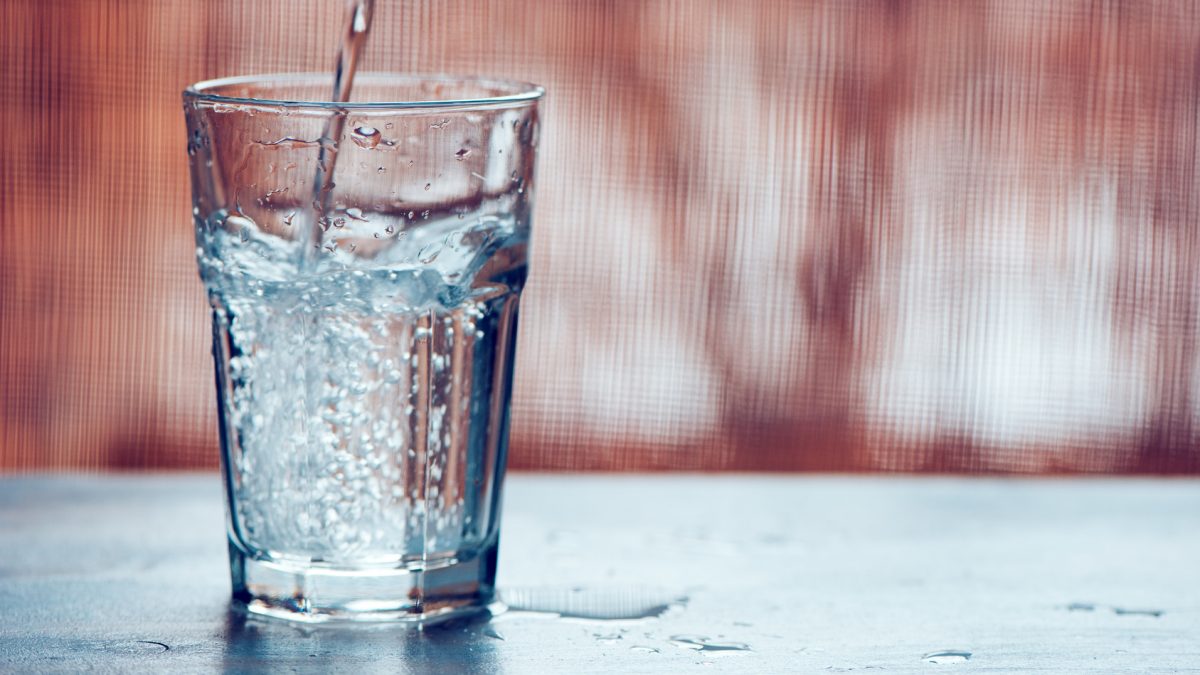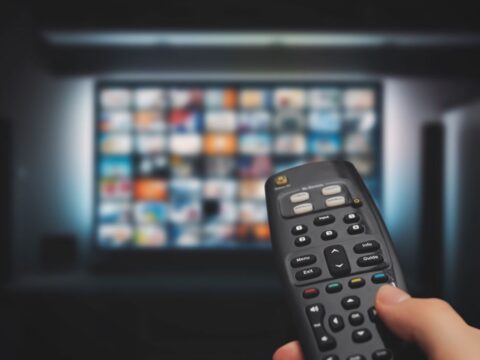Instant Edge: What To Do When Your Sparkle Fizzles
As many brands know all too well, it only takes one misstep to throw a brand out of consumer favor. Last month, the sparkling water category started to fizz as LaCroix faced claims that its ingredients weren't as natural as they claim to be.1 The news piqued our interest, so we leveraged our new Instant Edge offering to see what consumers were thinking about the claims. The data revealed the story had a much broader market impact. With $1.3 billion potentially at stake from concerned sparkling water drinkers, it appeared that LaCroix wasn't the only sparking water brand that needed to be on high alert.
A category particularly driven by health enthusiasts, sparkling water has taken off in recent years, with more and more brands entering the market. LaCroix, a cult favorite for years, has expanded its market share in recent years to 23%, the category leader in the Simmons 2018 Spring National Consumer Study. Our data shows that LaCroix specifically, and the category overall, is poised to take a hit if brands don’t respond correctly to these claims.
The percentage of adults who consume sparkling water has remained fairly consistent over the past decade, ranging from 21% to 25%, but the last three years have seen more growth. With an estimated $4.52 billion (and growing) price tag on the category for 2018, consumers of sparkling water are a making a splash, with big names like Pepsi (bubly) and Coke (Dasani sparkling) jumping in as well.
As of Spring 2018, 24.8% of adults consume sparkling water. Of these, 64.2% drink flavored sparkling water, a trend that has seen more growth than the category overall. However, the popularity of once-unknown LaCroix has followed a much steeper growth curve, especially in the past few years.
While the category and brand growth is evident, what do we know about these consumers? Adults who drink sparkling water, and LaCroix in particular, are more likely to agree they look for organic or natural foods when shopping for food and when considering health and beauty care items, and they definitely prefer foods without artificial additives.
These consumers are also social media mavens. Social influences them and what they do, talk about, and buy. They're constantly connected, checking in often and from multiple devices.
Their interests in health, nutrition, and social media make them powerful researchers and influencers – willing to seek out information from friends and other sources that can lead them to be healthier.
They are not, however, particularly brand-loyal…
Given the traits of LaCroix consumers, we wondered if the recent news about the controversial ingredient Linalool* would affect their attitudes about the brand.
Using Instant Edge, we were able to explore the issue while the story was still unfolding. The results below are collected using Simmons’ newest insights offering, which enables marketers to field short surveys fused with the core Simmons National Consumer Study data, within days.
Should LaCroix be concerned?
At the time of the survey (about a week after the story broke), awareness of this issue was relatively low, with about 60% of sparkling water drinkers hearing about it for the first time in our survey. Interestingly, just over one-half of the more frequent LaCroix drinkers (in the last 7 days) were aware.
But once consumers became aware of the issue and the ingredients involved, their likelihood to consume sparkling water, across the category generally and LaCroix specifically, saw a direct impact. Over 70% of sparkling water drinkers said they feel much more negatively about LaCroix. The likelihood of drinking LaCroix plummeted as well – by a similar 70%. As awareness of this lawsuit spreads, this could have even broader implications for the brand and, potentially, the category overall.
The impact on LaCroix drinkers became evident, but we wondered if the rest of the sparkling water market would be impacted. When asked, after being made aware of some of the details of the lawsuit, 30% of sparkling water drinkers said that they would be somewhat or much less likely to drink sparkling water overall – and with estimated sales of $4.52 billion across the category for 20182, this could create volatility to the tune of $1.3 billion annually for the industry as a whole, because of the lack of transparency of one brand.
Obtaining these proprietary insights while a market trend like this unfolds enables marketers to instantly shift strategies and create brand differentiation. So what can sparkling water companies, and LaCroix in particular, do to maximize their opportunity?
- As noted, social media is a big influencer for sparkling water drinkers. They’re not only consuming the content published but also sharing and discussing what they see with their friends, potentially influencing others as well. Brands should create transparent messaging about the ingredients to help rebuild trust and diminish uncertainty (social can serve as a positive means for getting information out but can also enable misinformation to spread like wildfire!).
- Organics and natural ingredients are important, so being upfront about what’s inside the can or bottle goes a long way for our sparkling water drinkers, while reinforcing the ethical nature of the company, which is also important to this segment.
- The category should also pay attention, not just to their defensive moves but also to their offense. The lack of brand loyalty among this segment indicates there’s room for movement within the category among those who may have been faithful LaCroix consumers but are now actively searching or considering a new alternative.
Of course, monitoring situations like these (with Instant Edge surveys!) and adjusting marketing tactics as needed is critical to ensuring a brand’s market share doesn’t fizzle out.
To learn more about our new Instant Edge offering and how you can dig into developing trends as they happen, contact us.



